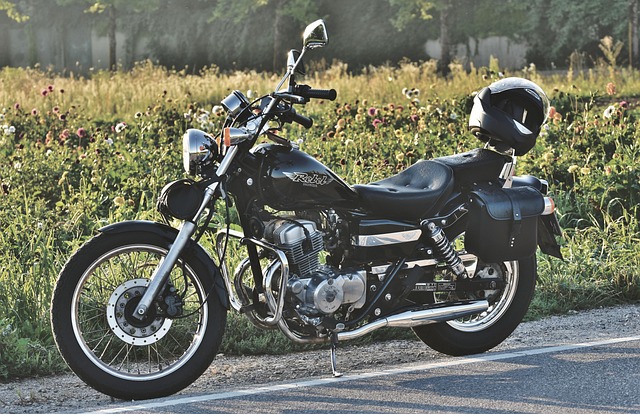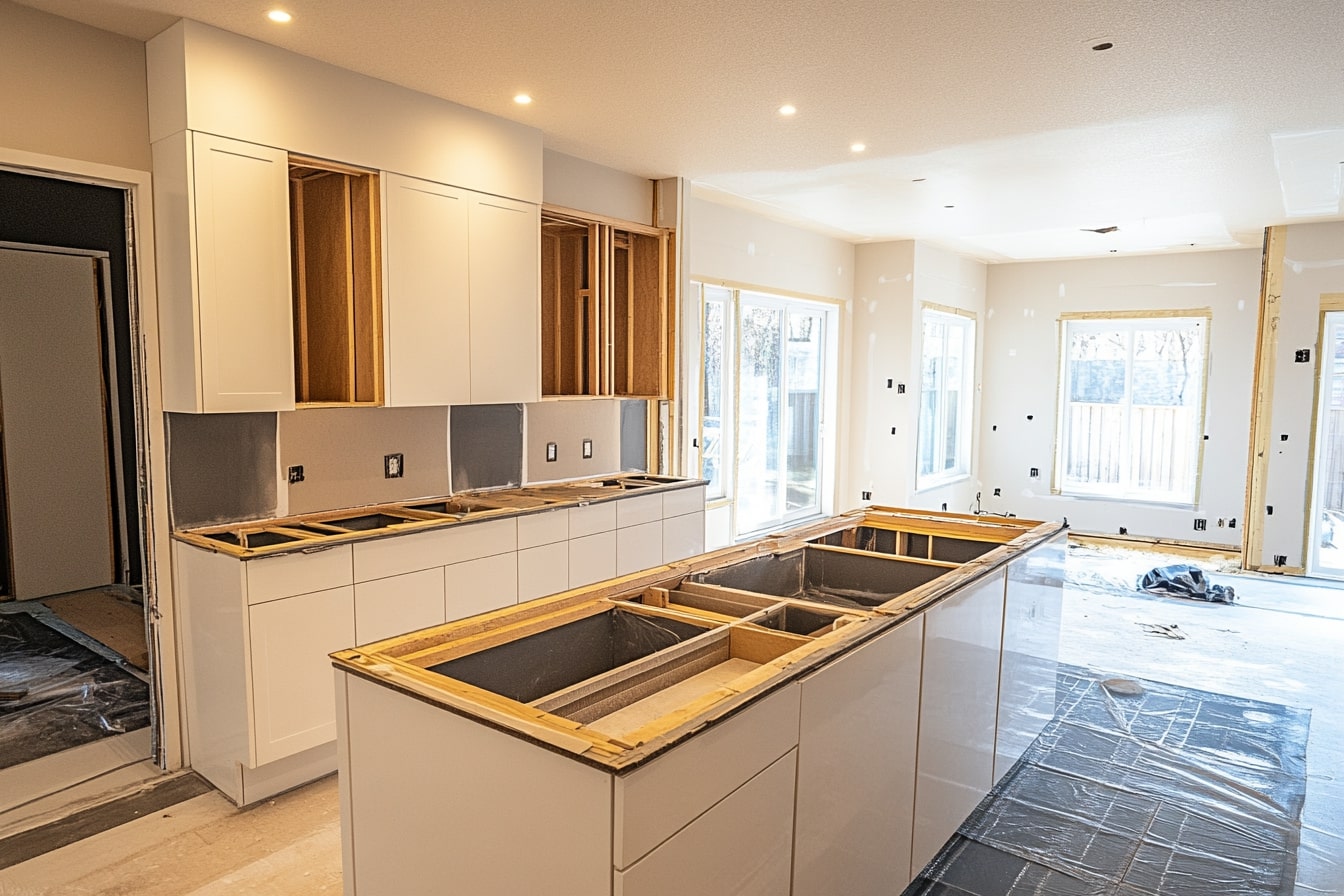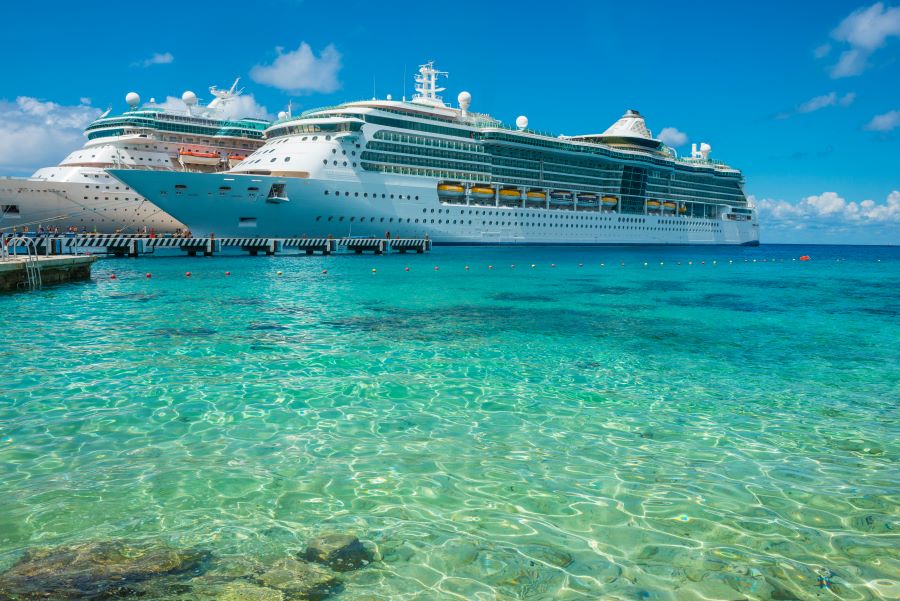Understanding Flexible Ways to Finance Motorcycles
Motorcycles represent freedom and adventure on the open road, but purchasing these vehicles often requires financial planning. Whether you're eyeing a sport bike, cruiser, touring motorcycle, or a vintage model, understanding the various financing options can make your purchase more manageable. Motorcycle loans and financing plans offer pathways to ownership that can accommodate different budgets and financial situations, allowing riders to balance their passion with practical financial considerations.

A Comprehensive Guide to Motorcycle Payment Options
Motorcycle financing comes in several forms, each with distinct advantages depending on your financial situation. Traditional motorcycle loans function similarly to auto loans, where you borrow a specific amount from a financial institution and repay it with interest over a predetermined period. These loans typically range from 24 to 84 months, with interest rates varying based on your credit score, loan amount, and term length.
Dealership financing represents another common option, where the motorcycle dealer arranges financing through their partner financial institutions. This convenience often comes with promotional benefits like manufacturer rebates, low introductory rates, or deferred payment options. However, it’s important to read the fine print, as these promotions may have specific requirements or time limitations that could affect the overall cost.
Credit unions frequently offer competitive rates for motorcycle loans compared to traditional banks, especially for members with established relationships. Their non-profit structure often translates to lower interest rates and more flexible terms, making them worth considering when exploring financing options.
An Overview of Motorcycle Payment Plans and Options
Secured loans use the motorcycle itself as collateral, potentially resulting in lower interest rates but risking repossession if payments are missed. These loans are widely available from banks, credit unions, and online lenders, and typically feature fixed monthly payments over the loan term.
Unsecured personal loans don’t require collateral but generally come with higher interest rates due to the increased lender risk. These loans might be appropriate for buyers with excellent credit or those purchasing older motorcycles that may not qualify for traditional financing. The application process is often quicker, and there may be fewer restrictions on how the funds are used.
Manufacturer financing programs are offered directly by motorcycle brands through their financial services divisions. Companies like Harley-Davidson, Honda, Yamaha, and Kawasaki frequently provide special financing incentives, particularly on new models or during promotional periods. These programs may include benefits like reduced rates, cash rebates, or extended warranty coverage bundled into the financing package.
What to Know About Financing Choices for Motorcycles
Your credit score significantly impacts the financing terms you’ll receive. Excellent credit (typically 720 or higher) generally qualifies for the lowest interest rates and most favorable terms. Good credit (670-719) still opens doors to competitive offers, while fair credit (580-669) may result in higher rates. Poor credit (below 580) can make financing challenging, potentially requiring larger down payments or a co-signer.
Down payments reduce the loan amount needed and demonstrate financial commitment to lenders. While some financing options advertise “zero down” deals, providing a down payment of at least 10-20% of the motorcycle’s value typically results in better loan terms, lower monthly payments, and reduced interest paid over the life of the loan.
Pre-approval gives you a clear understanding of your budget before shopping. By securing financing approval from a bank or credit union before visiting dealerships, you establish your price range and gain negotiating leverage. Pre-approval also allows you to compare dealer financing offers against your already-secured terms, potentially saving thousands over the loan term.
Common Motorcycle Loan Terms and Conditions
Loan duration significantly affects both monthly payments and total interest paid. Shorter terms (24-36 months) mean higher monthly payments but less total interest, while longer terms (60-84 months) reduce monthly obligations but increase overall cost. When evaluating loan offers, compare the annual percentage rate (APR), which encompasses both the interest rate and any required fees, providing a more accurate picture of the loan’s true cost.
Insurance requirements typically increase with financed motorcycles. Most lenders mandate comprehensive and collision coverage until the loan is paid off, protecting their investment. These higher insurance premiums should be factored into your overall cost calculations when budgeting for motorcycle ownership.
Early payment penalties may apply with some financing arrangements. Before signing, verify whether your loan includes prepayment penalties that would charge fees for paying off the balance ahead of schedule. Loans without these penalties offer greater flexibility, allowing you to reduce interest costs by making additional payments when possible.
Motorcycle Financing Cost Comparison
Understanding the real-world costs of motorcycle financing helps make informed decisions. The table below compares typical financing options based on a $15,000 motorcycle purchase with a five-year (60-month) term.
| Financing Source | Typical Interest Rate Range | Monthly Payment Range | Total Interest Paid |
|---|---|---|---|
| Credit Unions | 4.5% - 7.5% | $280 - $300 | $1,800 - $3,000 |
| Bank Loans | 5.5% - 9.0% | $287 - $311 | $2,220 - $3,660 |
| Dealership Financing | 6.0% - 12.0% | $290 - $333 | $2,400 - $4,980 |
| Manufacturer Programs | 1.9% - 8.9% (promotional) | $261 - $310 | $660 - $3,600 |
| Online Lenders | 5.0% - 15.0% | $283 - $356 | $1,980 - $6,360 |
Prices, rates, or cost estimates mentioned in this article are based on the latest available information but may change over time. Independent research is advised before making financial decisions.
Alternative Financing Approaches for Motorcycles
Peer-to-peer lending platforms connect borrowers directly with individual investors, potentially offering competitive rates for those with solid credit profiles. These platforms analyze credit information and assign risk-based interest rates, sometimes providing options for borrowers who don’t fit traditional lending criteria.
Motorcycle leasing, though less common than auto leasing, provides another alternative. Leasing typically involves lower monthly payments compared to purchasing since you’re only paying for the motorcycle’s depreciation during the lease term, plus interest and fees. However, leases include restrictions on mileage and modifications and don’t build equity in the vehicle.
Home equity loans or lines of credit may offer lower interest rates than traditional motorcycle loans because they’re secured by your home. While this approach can provide favorable terms, it increases the risk to your property if financial difficulties arise. This option should be considered carefully, weighing the potential interest savings against the increased risk to your home.
Understanding the various financing options for motorcycles empowers potential buyers to make choices aligned with their financial circumstances. By comparing loan terms, interest rates, and requirements across different financing sources, riders can find the balance between affording their dream motorcycle and maintaining financial stability.




